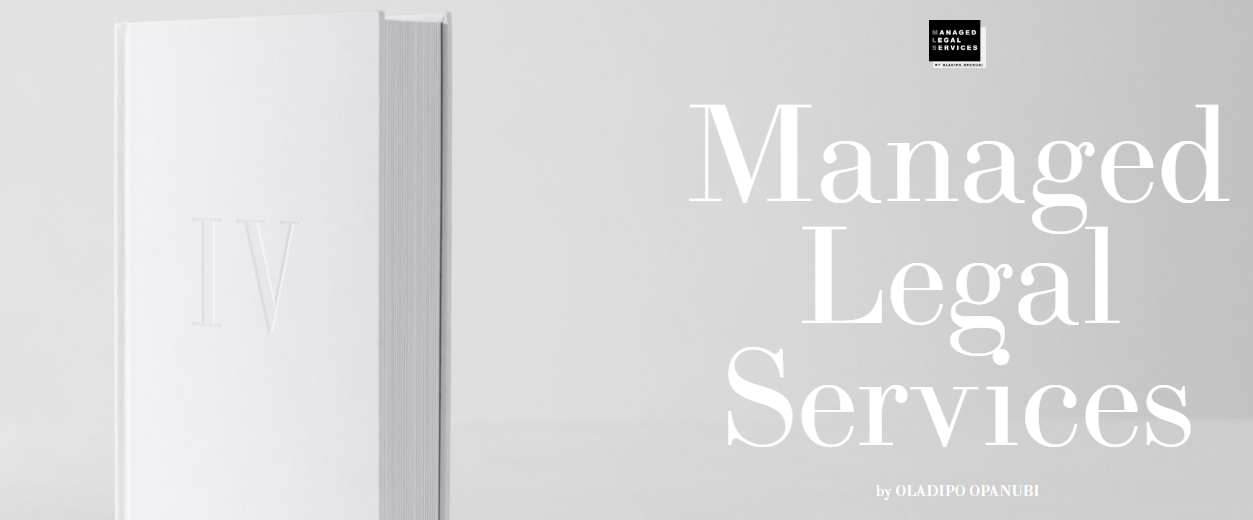Background
Financing acquisition of assets needed to increase production or produce new products can be challenging in an era in which the traditional investor forum are holding onto what they have with a wait and see approach to opportunities, and internal funding is stretched. Unfortunately departments that need to acquire these assets cannot afford a wait and see approach.
Our Approach
Corporates need to rethink their traditional approach to funding asset acquisition and in the process review their traditional sources and means of funding asset acquisition. We at MLS believe that corporates need to begin to consider funding from investors that are Distributed Ledger Technology (DLT) savvy. These investors are experienced at viewing assets not as part of operations but as distinct assets capable of being monetised as standalone assets once digitised or as sometimes also referred “tokenised”.
These new breed of investors that have taken a shine to investing in what are referred to as NFTs (non-fungible tokens) have been born and reared in the era of crowdfunding sites such as indiegogo or kickstarter where persons or corporates seeking to fund their projects showcase the opportunity on a private or public url for investors to peruse and purchase a stake in the opportunity even before it materialises and with no intermediaries. Because they were groomed in this era they comfortable looking outside the traditional fund space. NFTs have taken funding of the acquisition of digitised assets to a different level for corporates seeking to raise funds for the acquisition of assets to be used within their operations.
With NFT’s, corporates can seek funding for assets they seek to acquire as distinct standalone assets from the rest of their operational assets though they will be interoperable. This is especially possible wherein these assets can be monetised and are technology based with the ability to be monitored using the internet of things (iOT). Such iOT based infrastructure lend themselves appropriately for being monitored and monitised.
The Process
These assets are digitised, not interchangeable and given a distinct identity which is in-corruptible, using smart contracts thus making them a Non fungible token (NFT). Using smart contracts again, fungible tokens are generated which will serve as the means of acquiring interest in the NFT based asset. The fungible tokens are exchangeable,uniform and divisible.
Case Study
Here is an interesting use case scenario involving an energy company deploying downstream infrastructure to serve a new market. The new infrastructure will integrate with the old upstream platform. Funding for the new infrastructure can be monitored using iOT. Having digitised the intended assets to be acquired as NFTs, fungible tokens are offered to investors interested in the business case behind the intended asset acquisition. Inevitable a due diligence room is available for the investors to conduct their study of the business case. Investors exchange fiat currency (such as Naira, US Dollars or Pounds Sterling) at the given exchange rate on the distributed ledger exchange. The investors are free to trade their fungible tokens in the asset on the same distributed ledger exchange.



